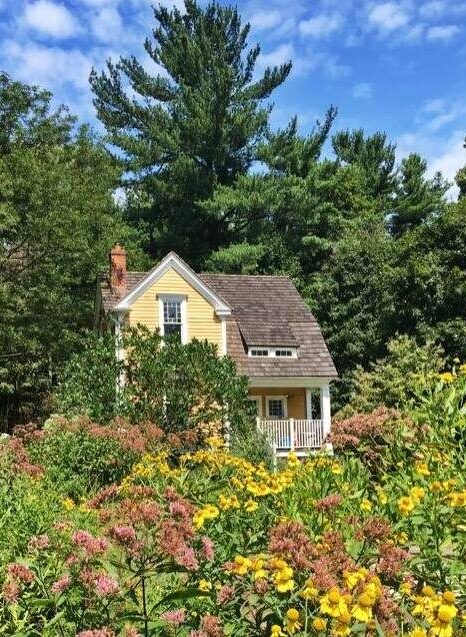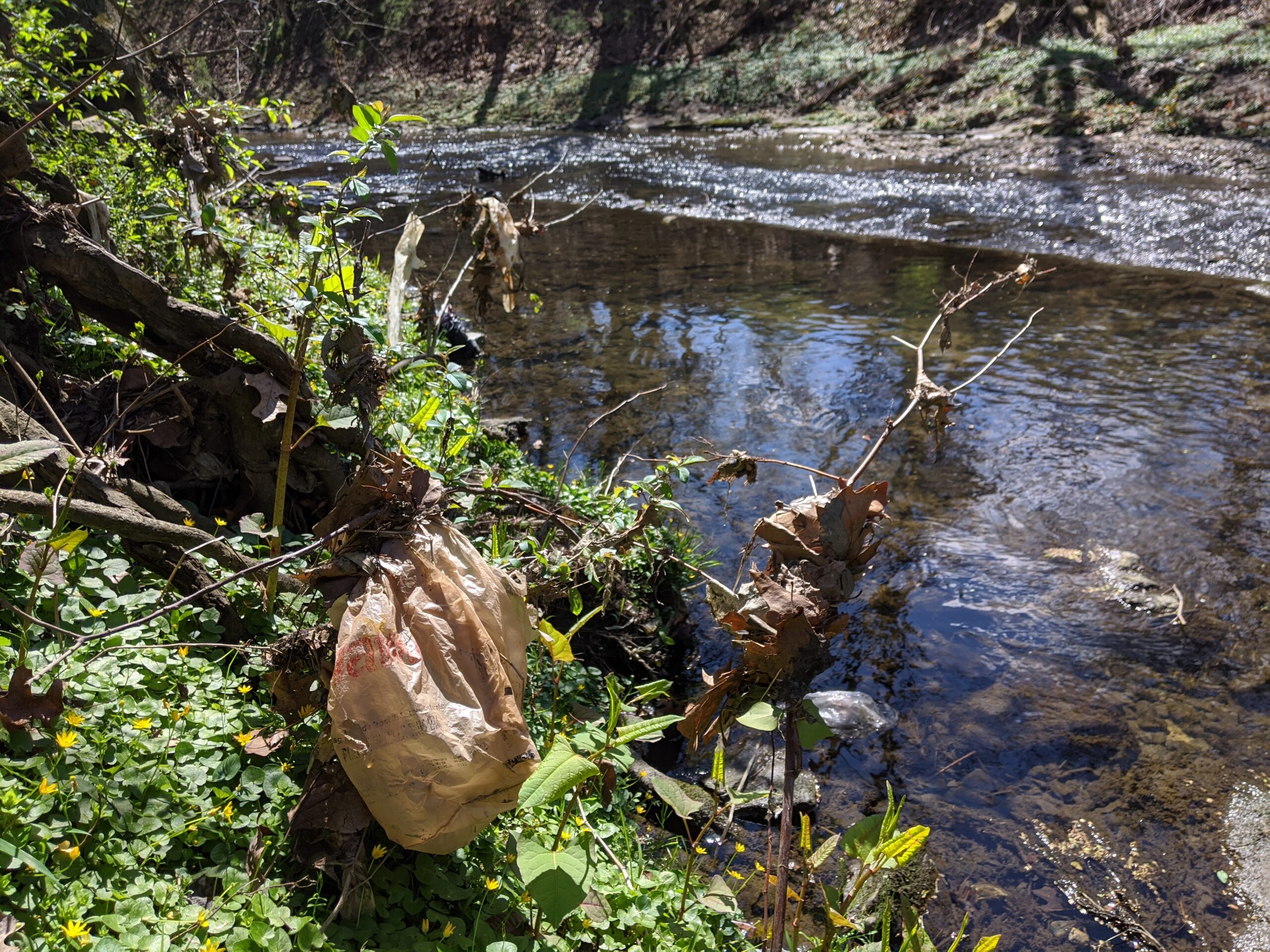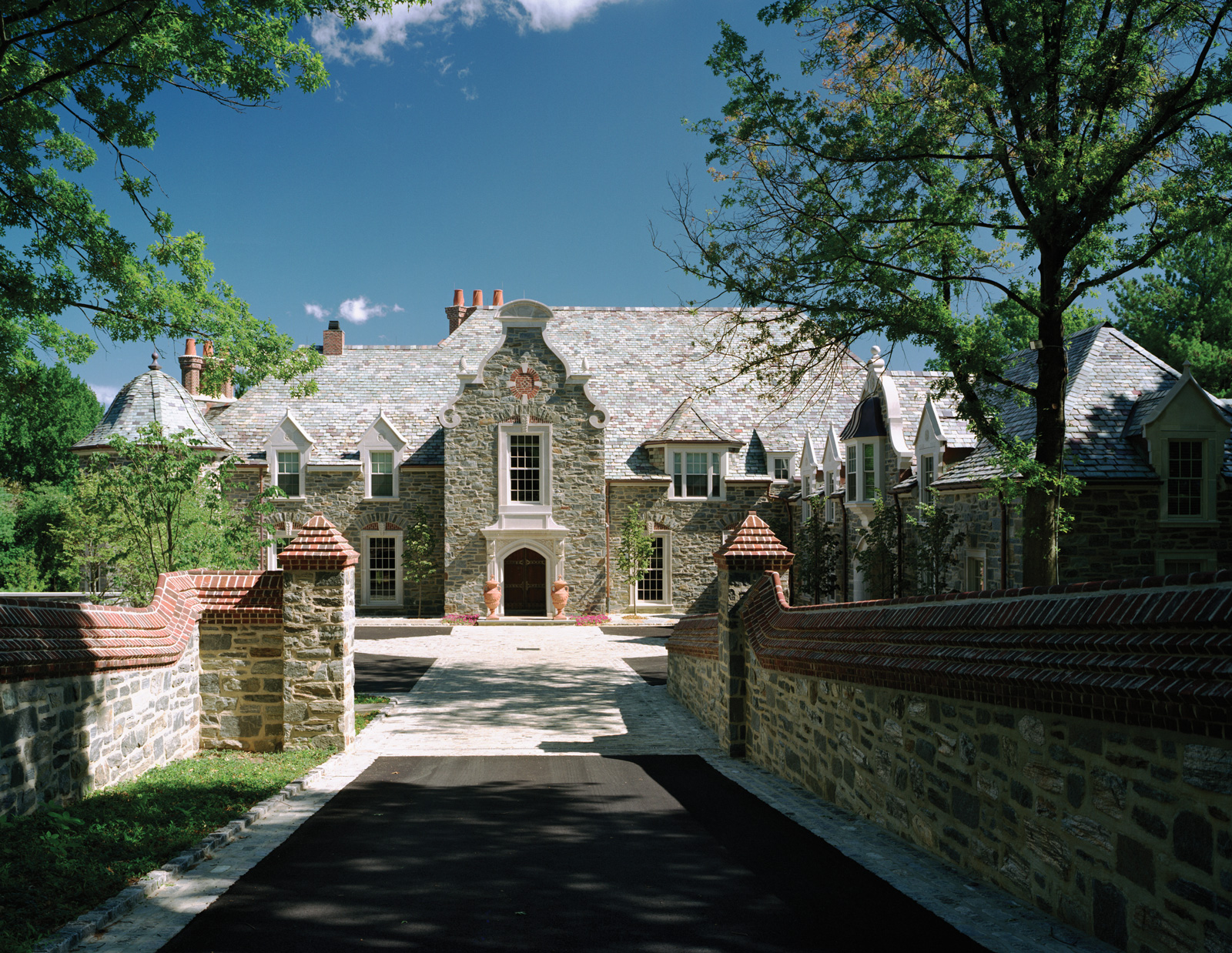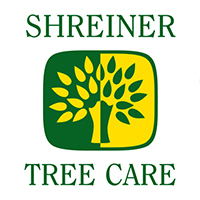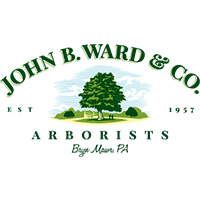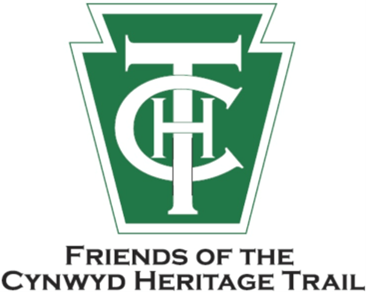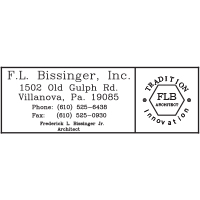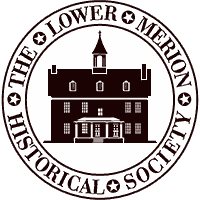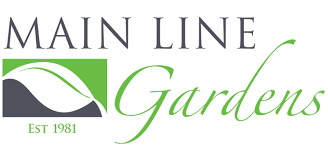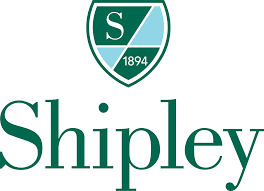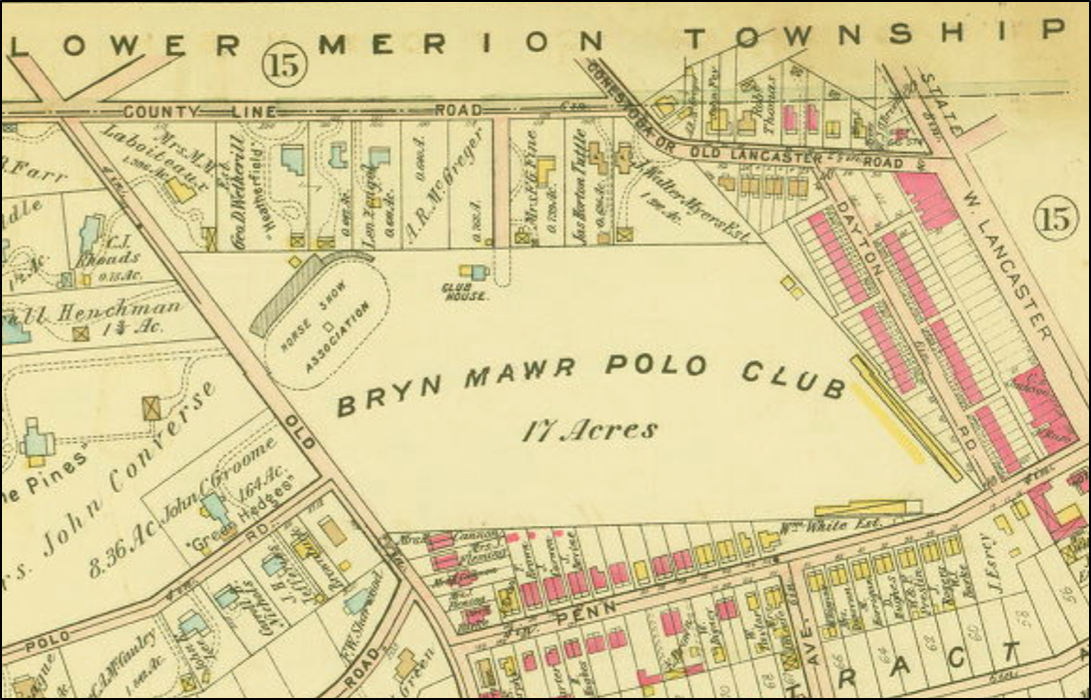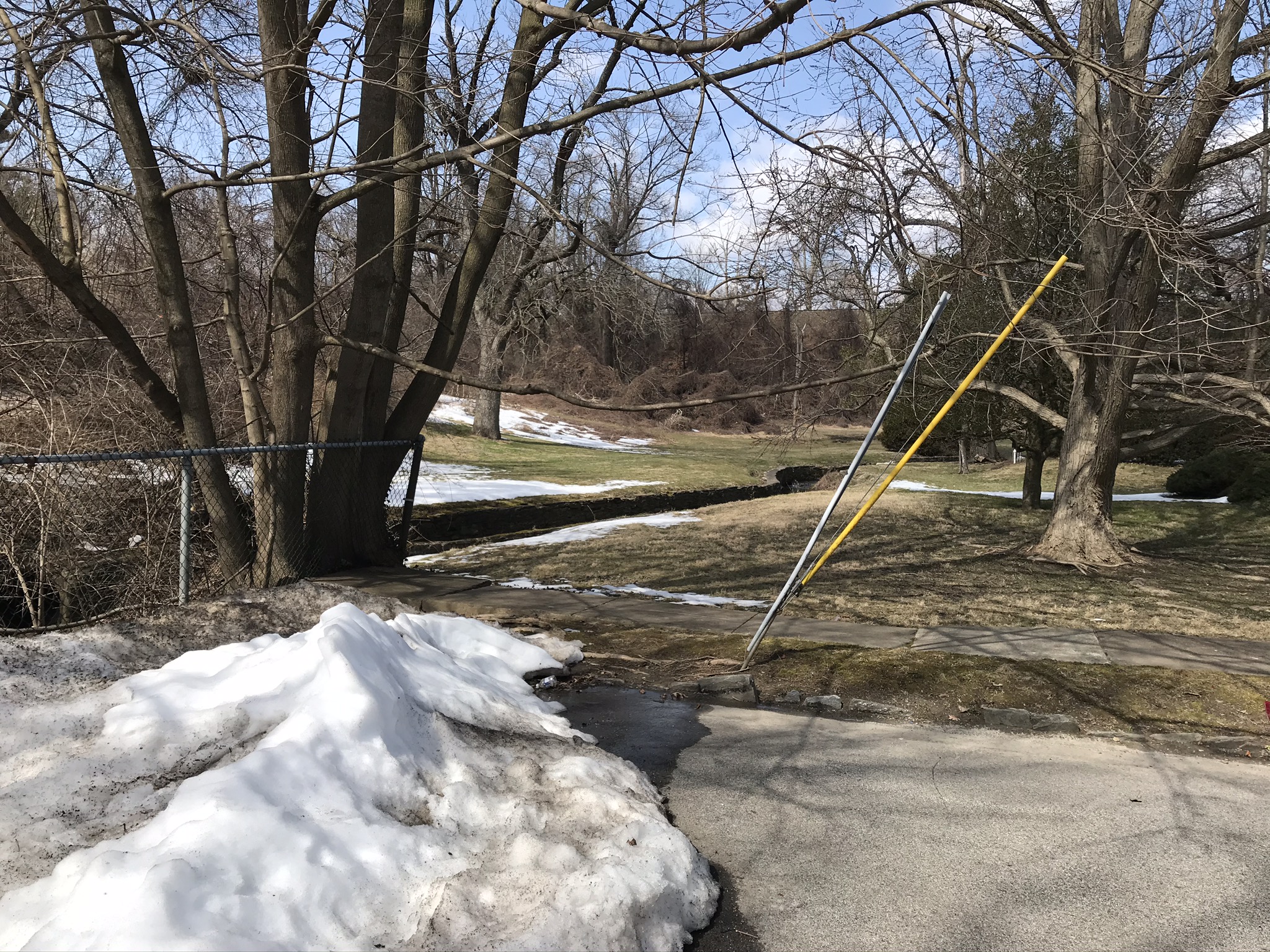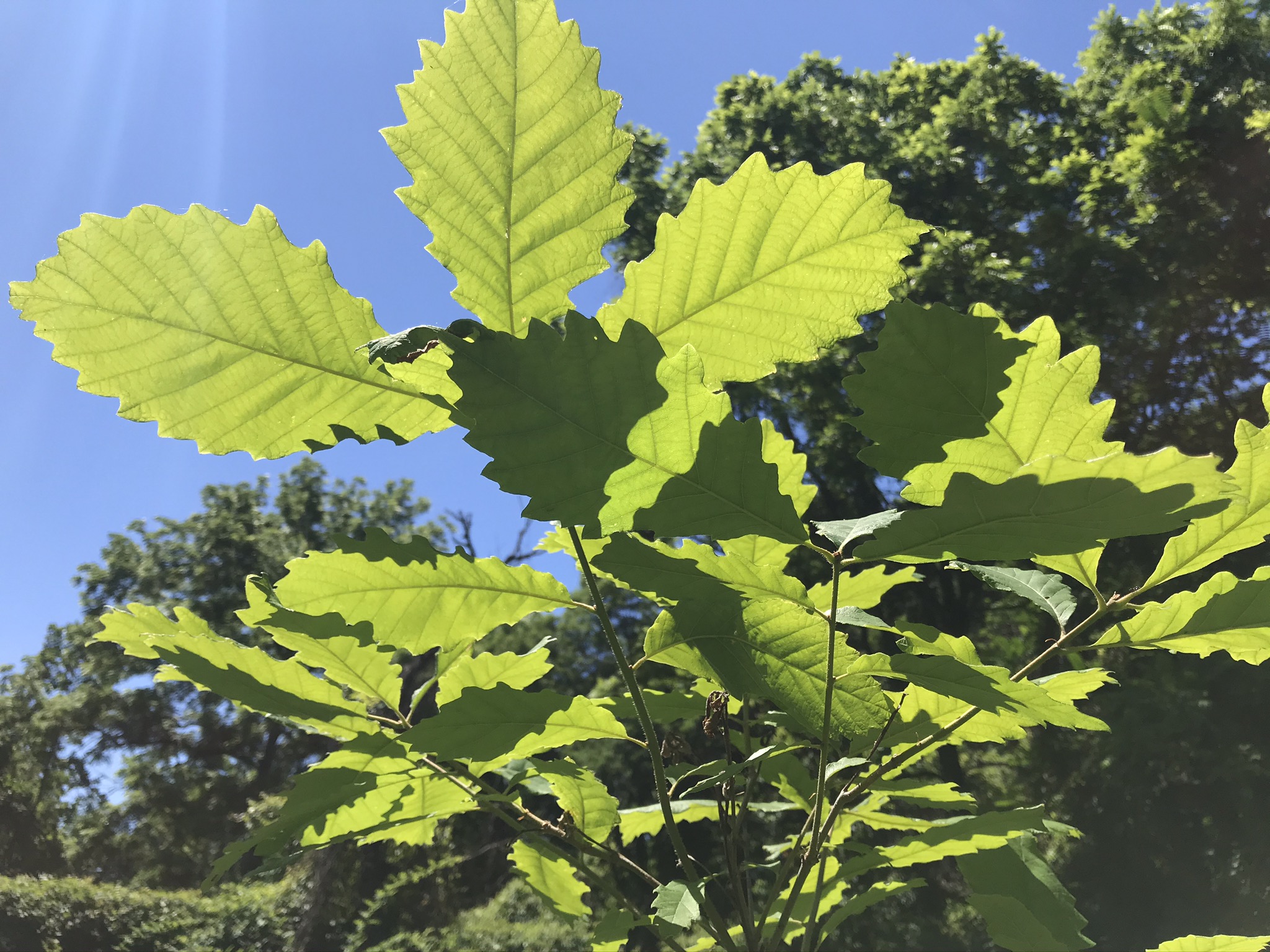The Lower Merion School District (LMSD) has announced that it has reached an agreement with Haverford Township that will permit Black Rock Middle School’s baseball and softball teams to use Polo Field, a nearby property in Haverford Township, for practice and games. This agreement will enable the District to advance a field plan at 1800 Montgomery Avenue and 1835 County Line Road that meets the Conservancy’s primary goals for these sites.
Since 2019, when the District introduced its plan, we have advocated for a solution that would permit the Villanova properties to be developed as athletic fields but that would also allow for the preservation of the properties’ significant historic and environmental resources. The Polo Field agreement presents opportunities to do this; by moving the softball and baseball fields to the Haverford Township site, the Villanova site can be redesigned to ensure the preservation of the historic greenhouse complex at 1800 Montgomery Avenue as well many of the property’s mature trees. The Polo Field agreement is a compromise. As such, it will not be embraced by every member of the community who has come to love and appreciate this special secret garden. We understand and respect this. As an organization that advocates for both historic preservation and environmental sustainability, we believe, as we have from the beginning of this “fight,” that the use of the site by the District is an opportunity for community building; as a result of this agreement, the District and Natural Lands, one time adversaries in the clash over Stoneleigh, may now partner to offer educational programming to LMSD students. We think this is a promising outcome!
The Polo Fields agreement is the culmination of years of hard work by many, many members of the community. Without the support of the School District, itself, we’d still be challenging a proposal to demolish the greenhouse complex and clearcut 500 trees. The Conservancy applauds the District for its willingness to seek out alternative options that would avoid this scenario. We are deeply appreciative. We also thank the District for engaging Natural Lands in discussions about the future use of the greenhouse complex, a one-of-a-kind historic asset that lends Lower Merion its special character. We are also grateful to Haverford Township, our neighbor, which has generously agreed to welcome LMSD athletes to its 18-acre Polo Field. The property takes its name from its use as a private polo field between 1900-1937! The agreement comes exactly 80 years after the two townships formed a “joint recreation committee” to better utilize the Polo Fields property.
Finally, we thank Lower Merion Township, including its board of commissioners, planning staff and Planning Commission, for supporting the Polo Field agreement and shepherding it to completion. The agreement could not have been achieved without the hard work and negotiating skills of Commissioner Scott Zelov, whose ward borders Haverford Township’s Polo Fields, and Commissioner Andy Gavrin, whose ward contains the Villanova site. Early on, Andy recognized the site’s potential as a community asset. His persistence, patience, skill, and willingness to work through challenging issues helped to make this vision a reality.
The removal of the softball and baseball fields to the Polo Fields affords the community a chance to reimagine the design of the Villanova site. As the District works to create a new field plan for the site, we hope there will be opportunities for the Conservancy to bring its expertise in historic preservation and environmental sustainability to the table.
